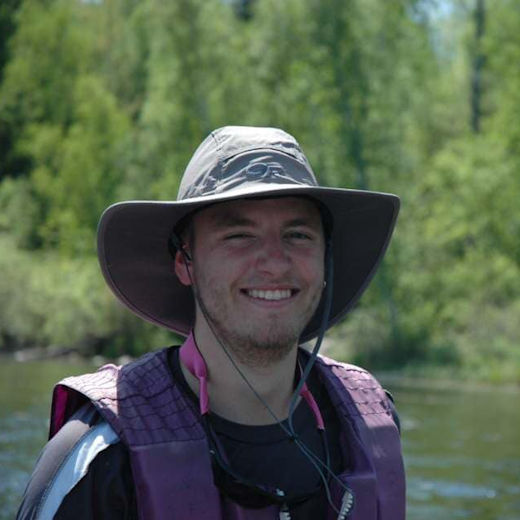
The Boundary Waters Canoe Area Wilderness is a beautiful, pristine and remote area which becomes home to more than 250,000 visitors with every summer. Although sublime, Minnesota’s pride and joy, the BWCA, is a dangerous place for the exact reason we as campers, counselors and visitors appreciate it; it’s remote, untapped and uninhabited by everything outside the wonders and glories of the great outdoors and those who adventure around it. After all, our beloved north woods are considered a pristine wilderness. This information is not made to scare you, but in fact, is there to reassure you of the staff’s responsibilities in having fun, but more importantly staying safe. Because, nothing is more important than the safety of each and every wilderness adventurer.
You might ask, “How prepared are the counselors at Camp Voyageur for the unexpected event of an injury or illness on the trail?” The answer to that question is simple, every counselor, at the bare minimum, will be certified in CPR, Wilderness First Aid, Child Abuse Prevention and Aquatic Invasive Species training. Additionally, most counselors receive further First Aid and Lifeguarding training. During pre-camp, all new counselors and a few veteran counselors embarked on an intense journey to participate in and pass the required Wilderness First Aid training for a first-time certification or recertification in preparation for CV’s wilderness trips.

On the ending days of May, eight enthusiastic counselors enjoyed rigorous training from the American Red Cross’ passionate Sue Pasmick, a Registered Nurse, wilderness adventurer and concerned mother to all who meet her. Although most counselors will never experience major injury or illness on the trail, through hands on training, intense and sometimes comical scenarios and 16 hours of class time, Pasmick insists on sending each and every student out into the wilderness with the knowledge and confidence necessary for injury prevention and care. Each participant leaves with the comfort of understanding the importance of caution, practicality, physical ability and emergency procedure while guiding in any given wilderness environment.
Some of the training consists of learning splints, wraps, emergency carries, fast and slow evacuation procedures, severe lightning storm protocol, methods of diagnosis and treatment and much more. Measuring our counselors as prepared for the trail would be an understatement. In one scenario, while a group of distressed wilderness adventurers were savagely attacked by a swarm of imaginary bees, our first aid responders in training had to administer treatment on an emotionally unstable victim with a bee allergy, appropriately running from everything and anything. At the same time, the rescuers were overwhelmed by a victim swollen with stings from head to toe, yelling to save a barely breathing and immensely stung unconscious victim. Our rescuers had to apply the knowledge and training taught by Pasmick to effectively treat the victims, resolve the situation and evacuate to the nearest professional care provider. Although only imaginary – with the intensity Pasmick brings to the class – our enthusiastic teacher had us acting like the scenarios were really happening.
Among the other scenarios were mountain biking collisions, spinal injuries with the patient stuck in a tree, severe hypothermia and heat exhaustion, anaphylactic shock, allergic reactions, bone and joint injuries, sprains and strains, burns and much more. For each injury or illness, we learned protocol in identifying, treating, continued care and evacuation procedures. The CV staff is well equipped in keeping all wilderness adventurers safe, and as accidents happen and are not always avoidable, our 2019 Camp Voyageur staff is confident in the Wilderness First Aid training they were provided to keep any distressed adventurer safe.




